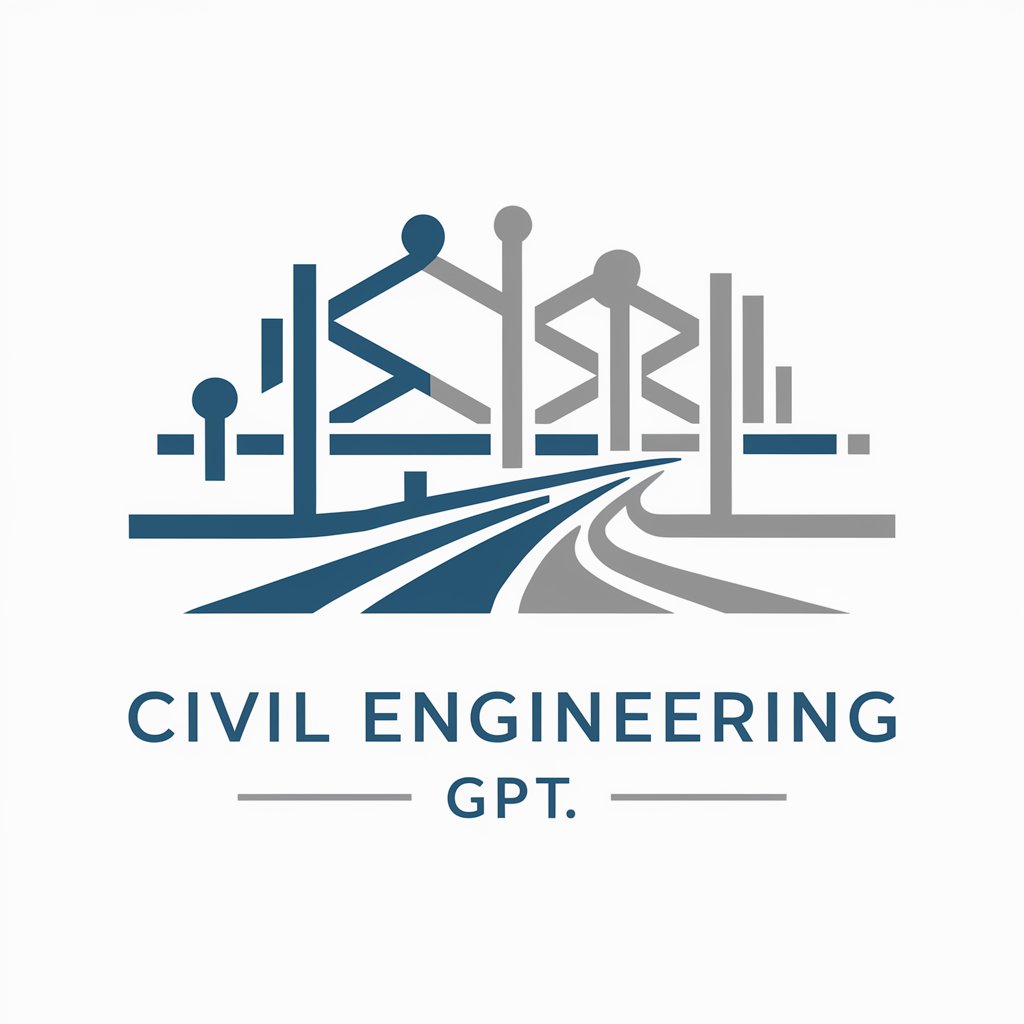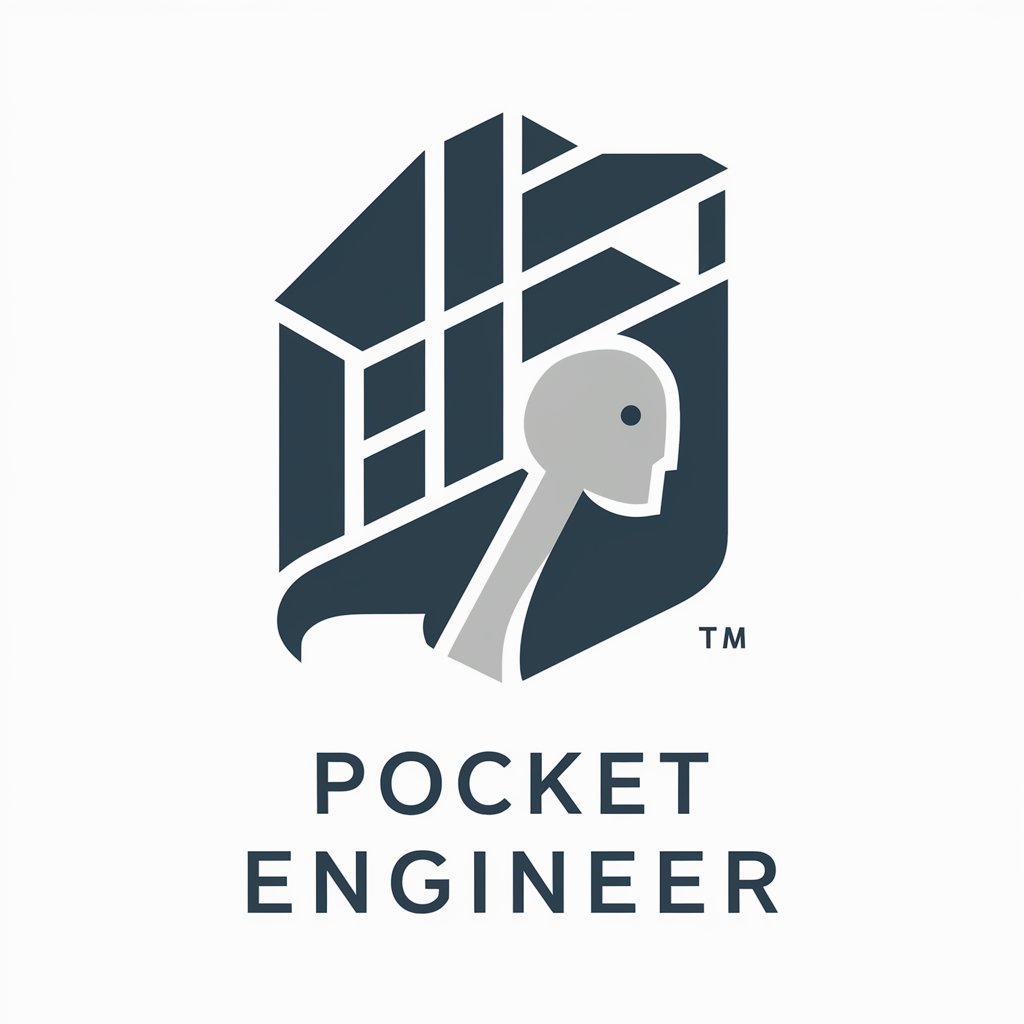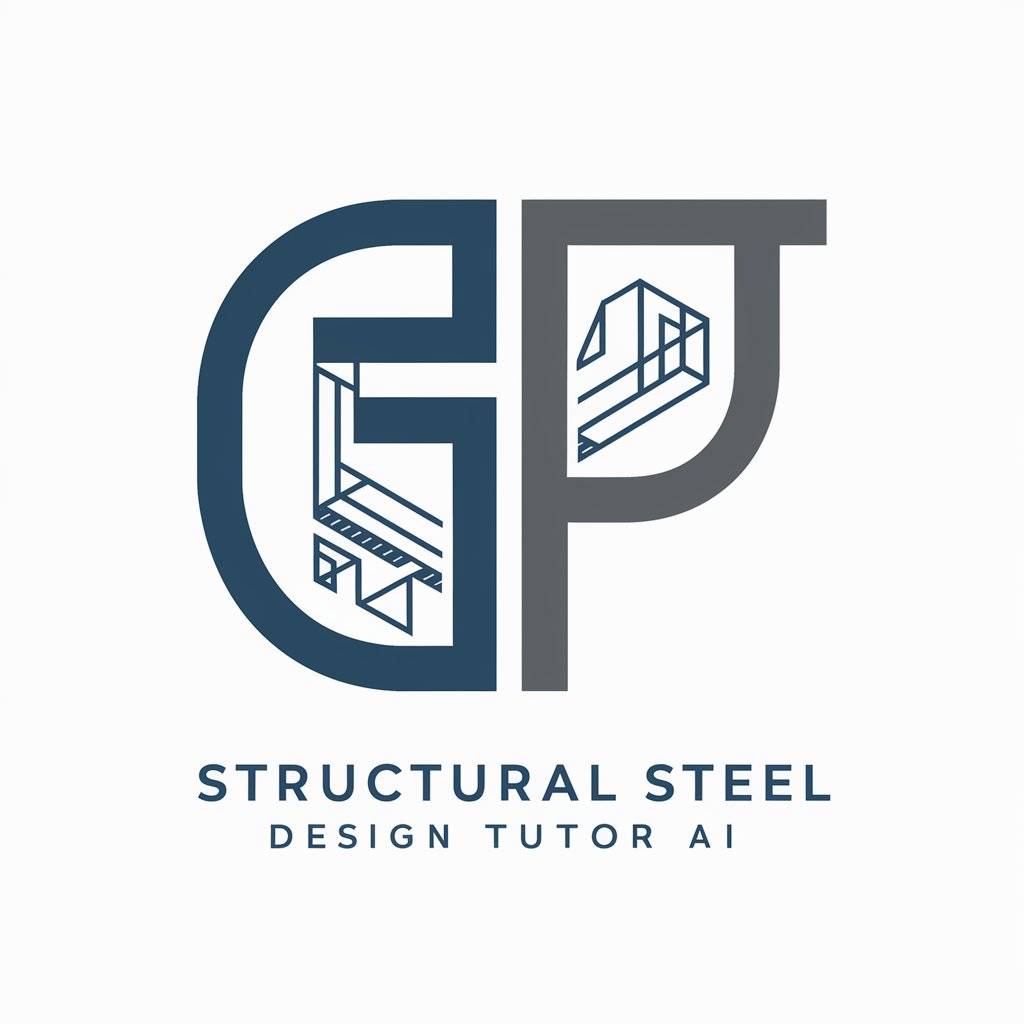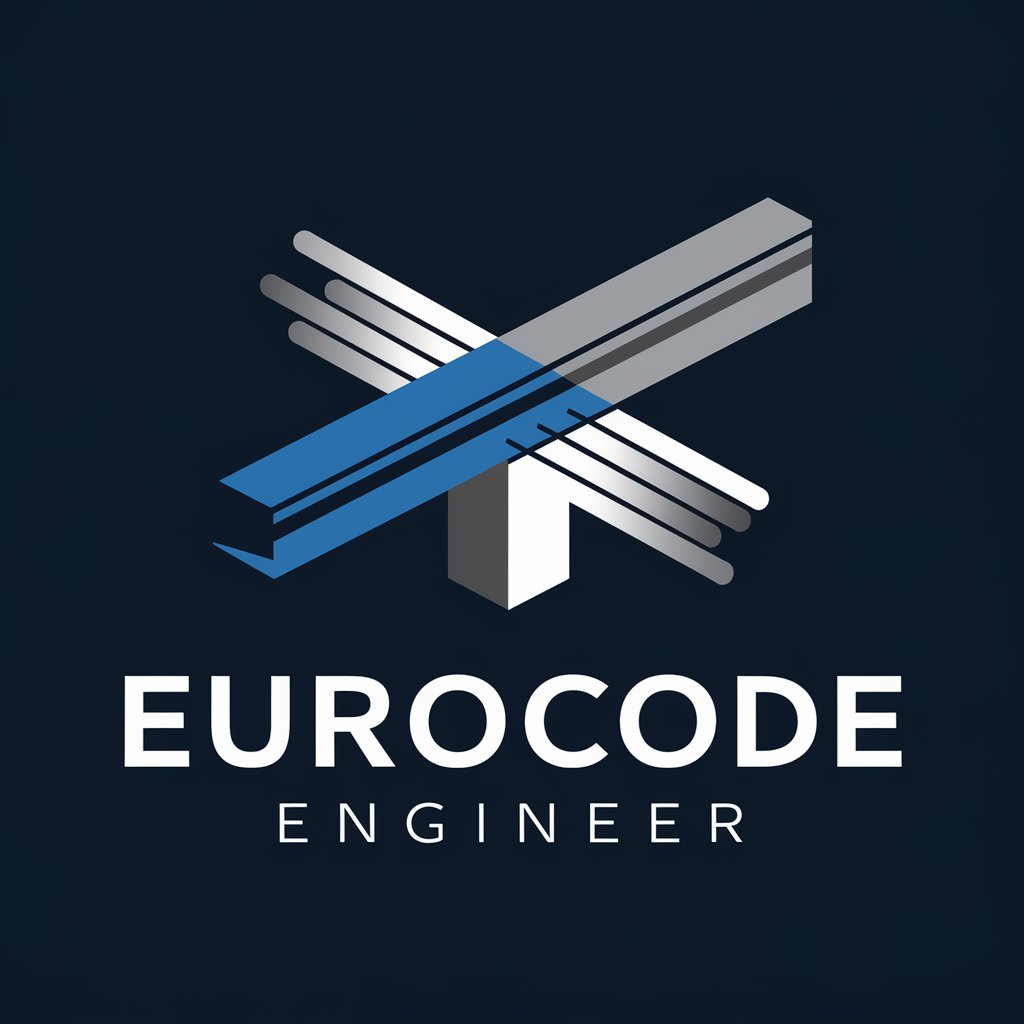
Structural engineering - AI-Driven Structural Engineering
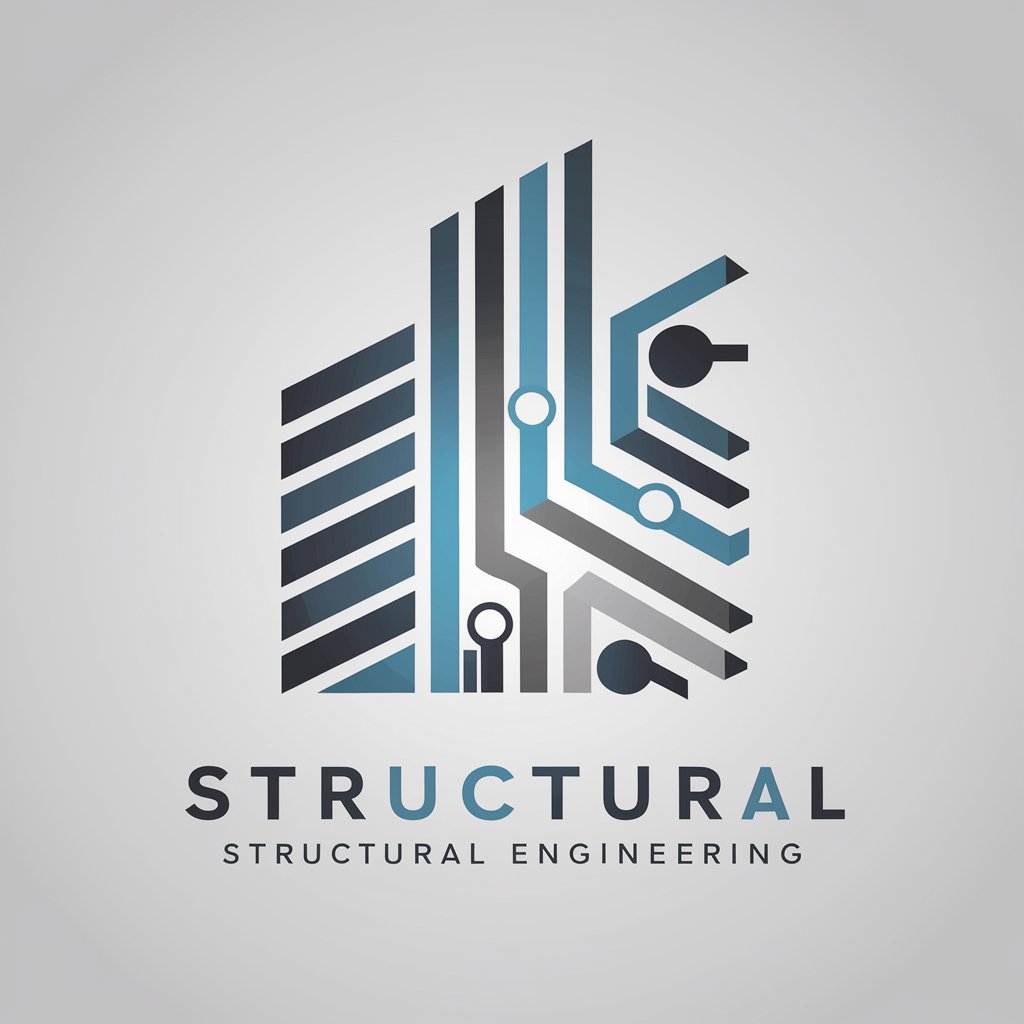
Welcome! Let's dive into the world of structural engineering.
Optimizing structures with AI precision.
Explain the key principles of structural engineering and their applications in modern construction.
Describe the process of analyzing and designing a steel frame for a multi-story building.
How do load-bearing structures differ from non-load-bearing structures in architectural design?
Discuss the importance of materials science in the field of structural engineering.
Get Embed Code
Introduction to Structural Engineering
Structural engineering is a specialized branch of civil engineering that focuses on the design, construction, and maintenance of the physical and naturally built environment, including structures such as buildings, bridges, tunnels, dams, and roads. Its primary function is to ensure the safety and durability of these structures by understanding and applying physics, mathematics, and materials science to foresee how different structural components will behave under various loads and stresses. For example, when designing a bridge, structural engineers must calculate the forces it will encounter, such as vehicle traffic, wind, and its own weight, and then design the bridge to withstand those forces with appropriate materials and support structures. This ensures the bridge will be safe and functional for its intended lifespan. Powered by ChatGPT-4o。

Main Functions of Structural Engineering
Design of Structures
Example
Designing a multi-story office building to withstand earthquakes.
Scenario
In earthquake-prone areas, structural engineers use seismic design principles to ensure buildings can absorb and dissipate seismic energy, preventing collapse and ensuring the safety of occupants.
Analysis of Structural Integrity
Example
Assessing an old bridge for safety and load capacity.
Scenario
Structural engineers evaluate existing structures to determine if they can safely handle current and future traffic loads, environmental conditions, and wear over time, recommending reinforcements or maintenance as needed.
Material Selection and Specification
Example
Choosing materials for a coastal pier to resist corrosion.
Scenario
In designing structures exposed to harsh environments, such as saltwater, structural engineers select materials that offer durability and resistance to corrosion, such as specific grades of stainless steel or protective coatings.
Sustainability and Eco-Friendly Design
Example
Incorporating green roofs and natural ventilation in building designs.
Scenario
Structural engineers integrate sustainable practices and materials in their designs to reduce environmental impact, improve energy efficiency, and enhance occupant well-being.
Ideal Users of Structural Engineering Services
Construction Companies
These entities require structural engineering services to ensure their projects are designed and built according to safety standards, optimized for costs, and compliant with regulations.
Government Agencies
Responsible for public infrastructure projects like roads, bridges, and public buildings, these agencies rely on structural engineering expertise to ensure public safety and efficient use of taxpayer funds.
Architects and Designers
While architects focus on the aesthetic and functional aspects of a building, they collaborate with structural engineers to make sure that the designs are feasible, safe, and compliant with building codes.
Property Developers
Developers engage structural engineers to maximize the value and safety of their investments, ensuring their residential, commercial, or industrial projects are durable, cost-effective, and attractive to buyers or tenants.

How to Utilize Structural Engineering AI
Begin Your Journey
Start by visiting a platform offering AI-driven structural engineering solutions for a free trial, ensuring easy access without the need for login credentials or a subscription.
Identify Your Needs
Determine the specific structural engineering challenges or projects you are working on, such as load calculations, structural optimization, or material selection, to tailor the tool's capabilities to your requirements.
Engage with the Tool
Interact with the AI tool by inputting your project details, such as design parameters, environmental conditions, and desired outcomes, to receive customized advice and solutions.
Analyze the Solutions
Review the AI-generated recommendations, including structural designs, material suggestions, and load-bearing calculations, ensuring they meet your project specifications and safety standards.
Iterate and Optimize
Use the feedback and solutions provided by the AI to refine your project, iterating on the design as necessary to achieve the optimal structural solution.
Try other advanced and practical GPTs
Engineering Phython
Empowering your Python code with AI.
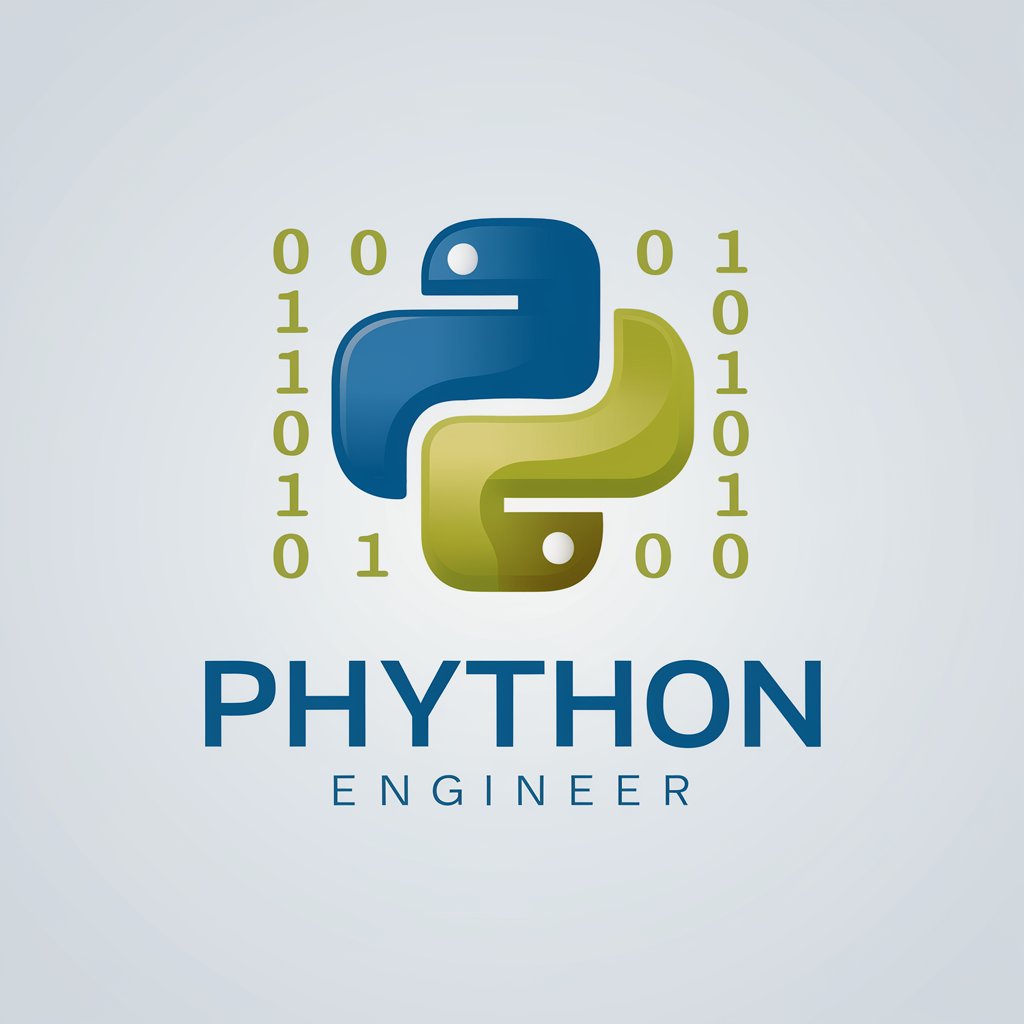
Geotechnical Engineering
Groundbreaking AI for Earth Engineering

Software Engineering
Engineering software, powered by AI

Service Engineering
Enhancing research with AI-powered insights
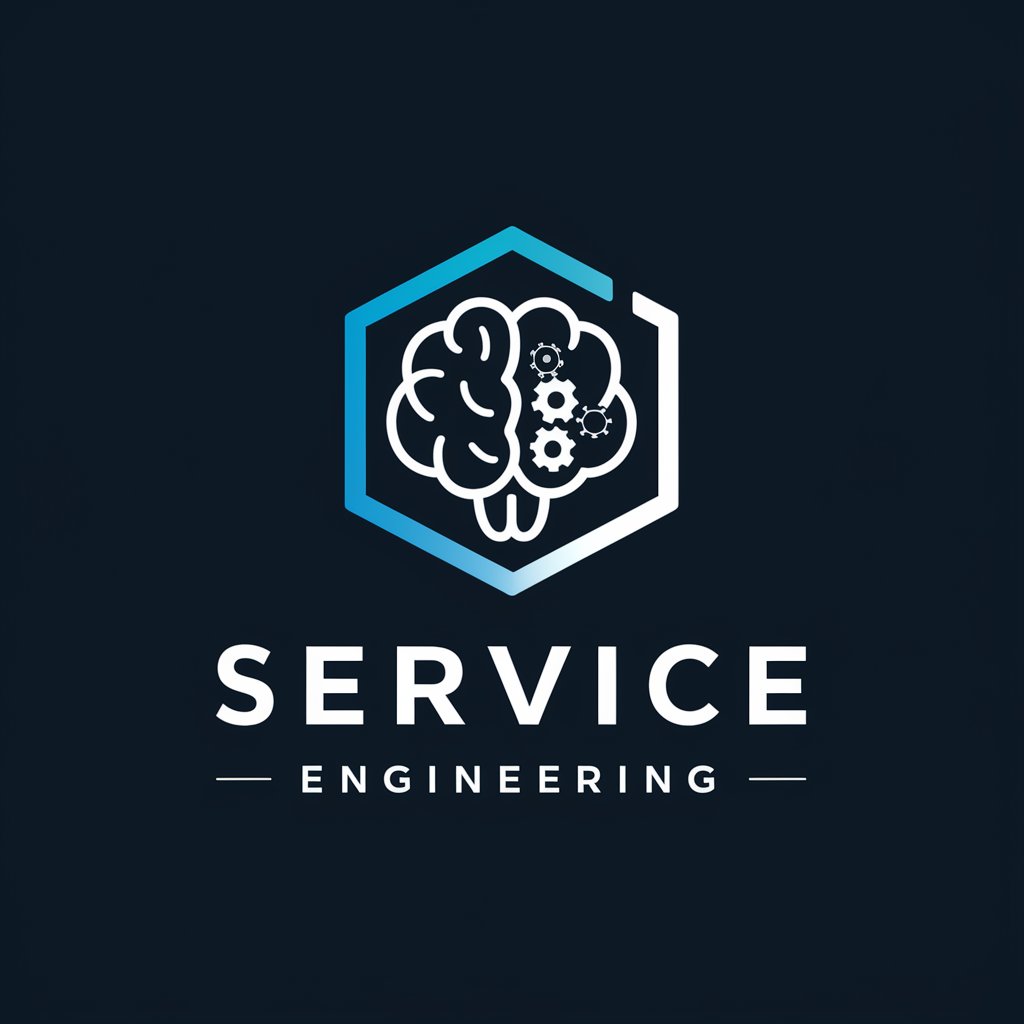
Engineering Professor
Empowering engineering minds with AI.
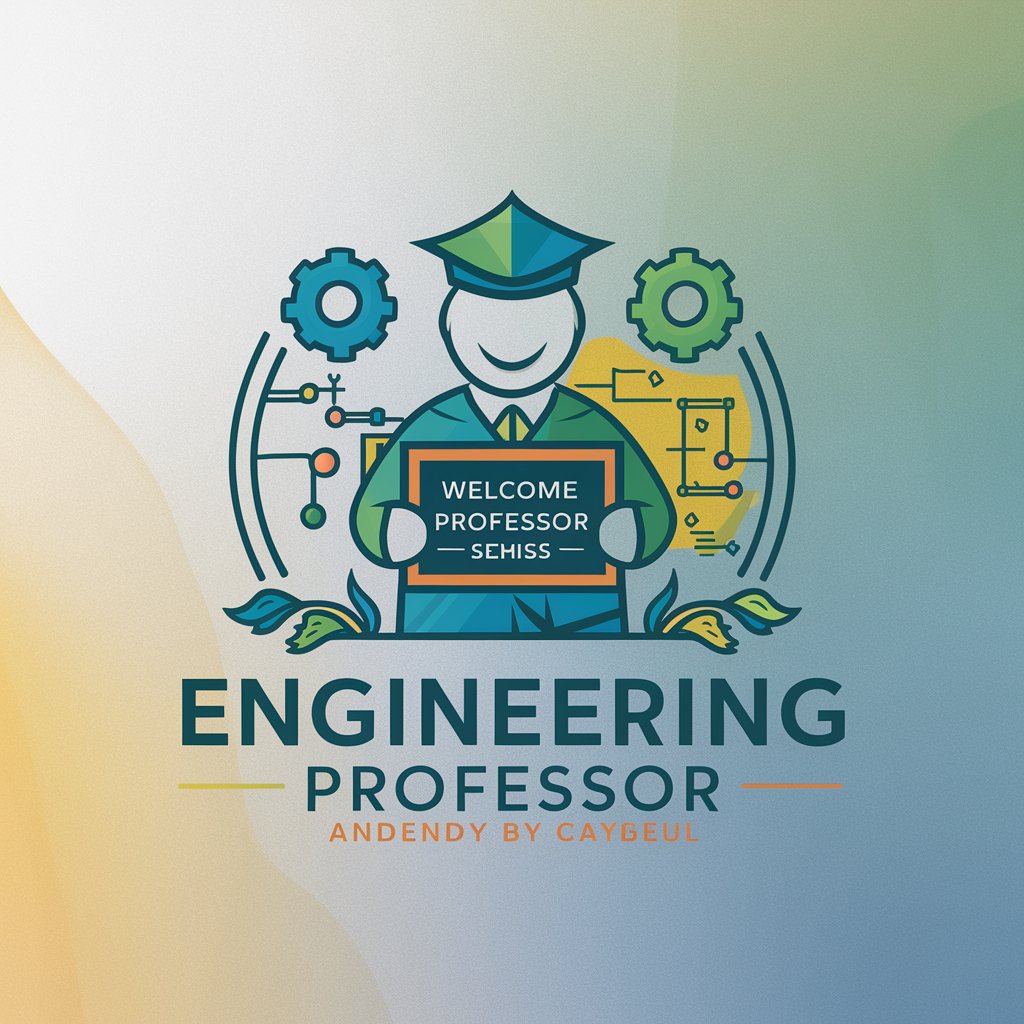
Engineering Expert
Empowering Engineering Excellence with AI

Engineering Genius
AI-powered Engineering Insights
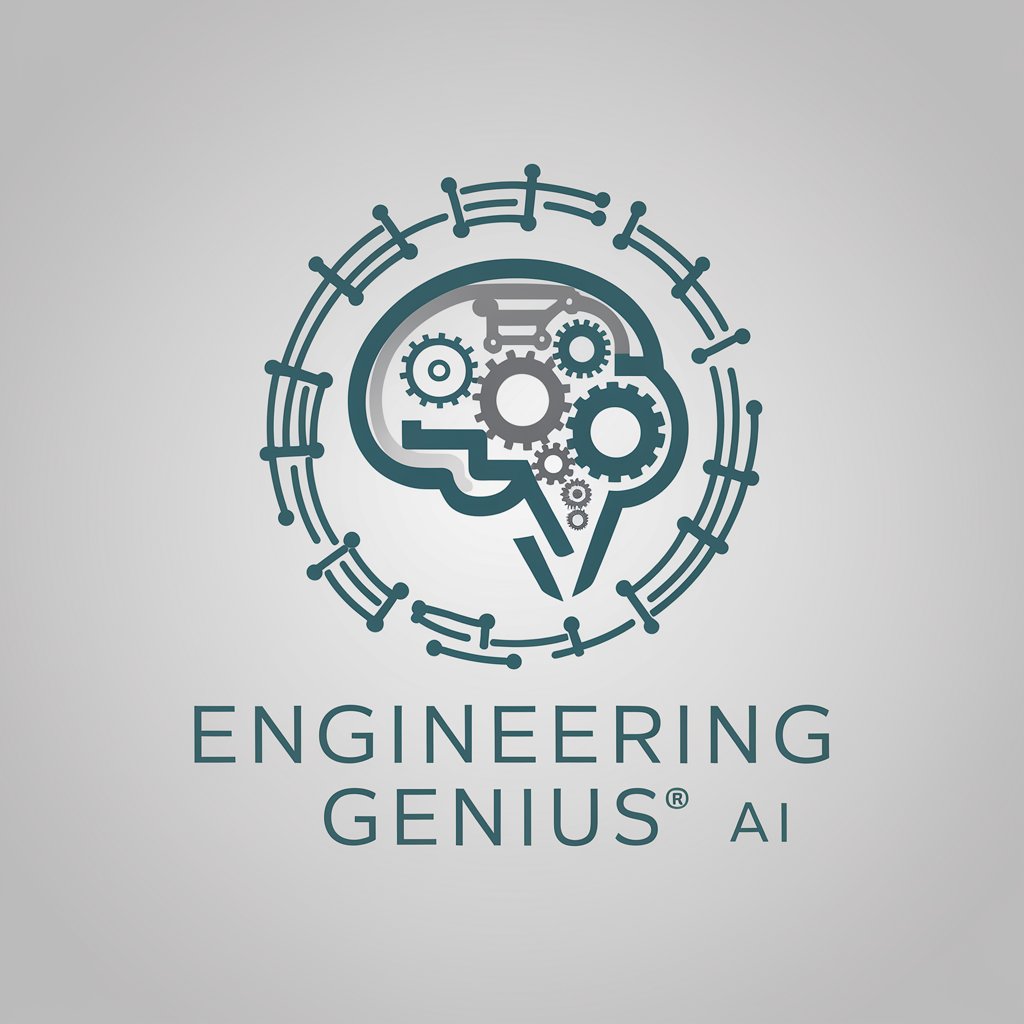
Control Engineering Tutor
Empowering Your Control Engineering Journey with AI

Structural Engineering
Empower Your Structures with AI
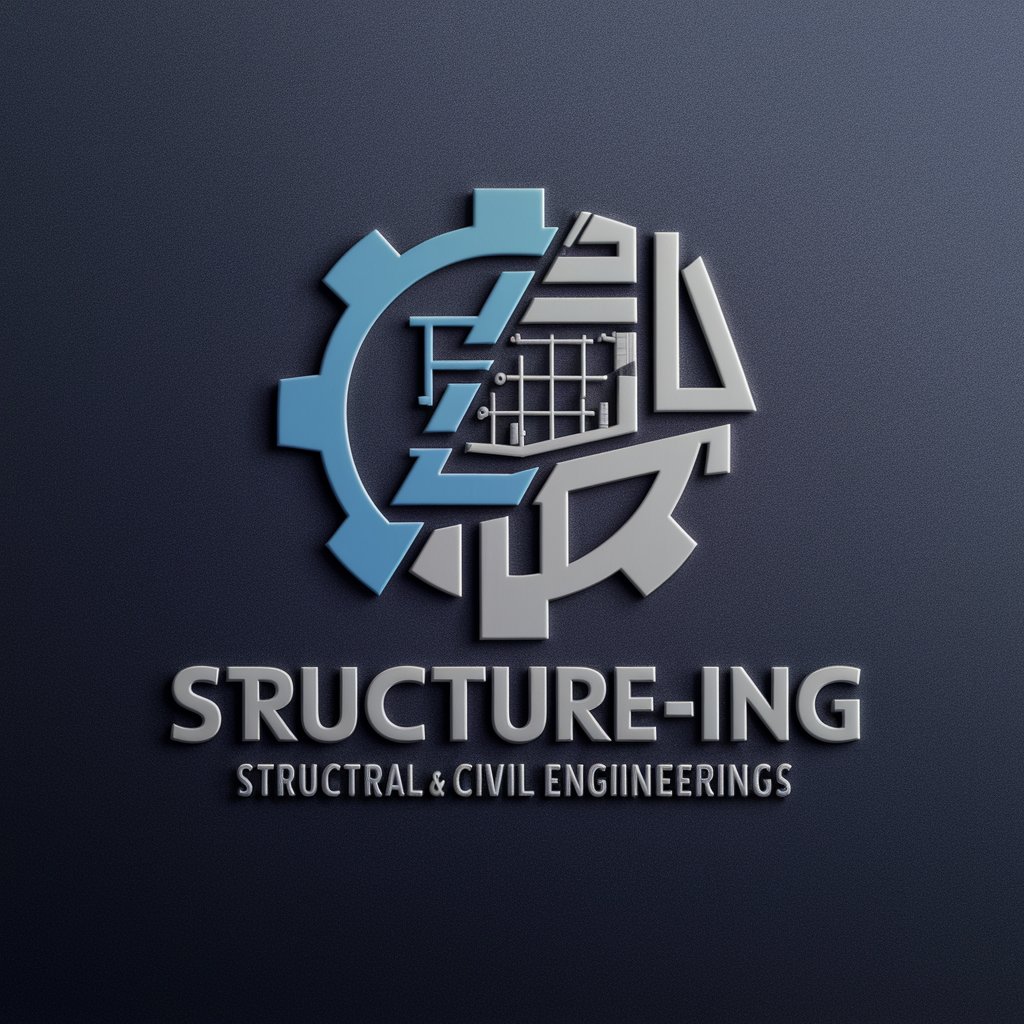
Tennis Central
Ace Your Tennis Game with AI Insights

Motivation Central
Empower your creativity with AI

Hoops Central
Elevate your game with AI-powered basketball intelligence.

Frequently Asked Questions about Structural Engineering AI
What is Structural Engineering AI?
Structural Engineering AI refers to the application of artificial intelligence technologies to solve complex structural engineering problems, offering optimized designs, material recommendations, and safety analyses.
How does AI improve structural engineering designs?
AI improves structural engineering designs by leveraging machine learning algorithms to analyze vast amounts of data, predict performance outcomes, and propose design optimizations for enhanced safety and efficiency.
Can AI in structural engineering reduce project costs?
Yes, by optimizing material use and design efficiency, AI can significantly reduce project costs, minimize waste, and ensure that structures meet or exceed safety standards with less financial expenditure.
Is AI in structural engineering reliable for critical infrastructure?
AI tools, when properly developed and calibrated, are highly reliable for designing critical infrastructure. They use predictive models and safety factor analyses to ensure designs are robust and compliant with regulations.
How can I integrate AI into my structural engineering workflow?
Integrating AI into your workflow involves selecting an AI-powered structural engineering tool, inputting your project data, using the AI-generated insights to guide your design process, and iterating based on the tool's feedback.
